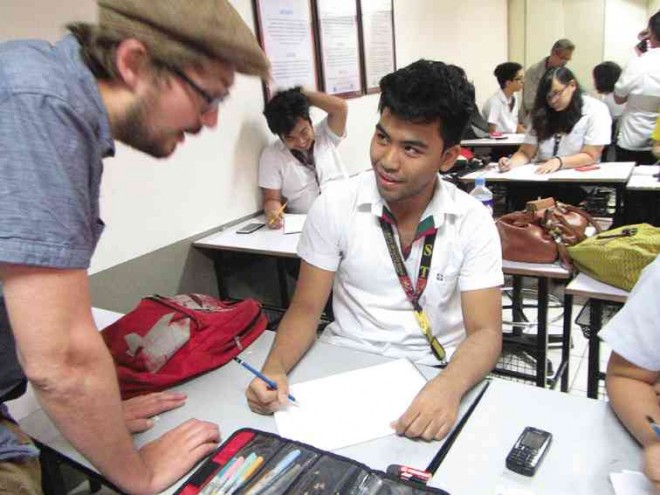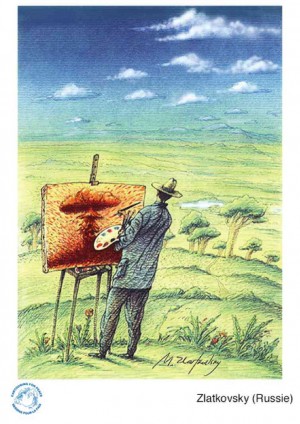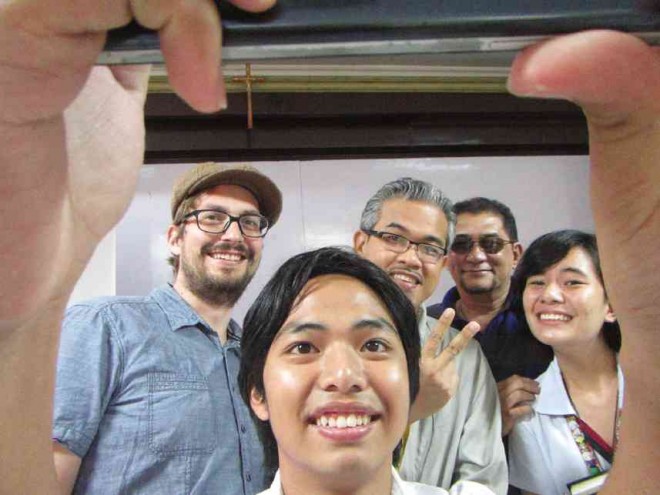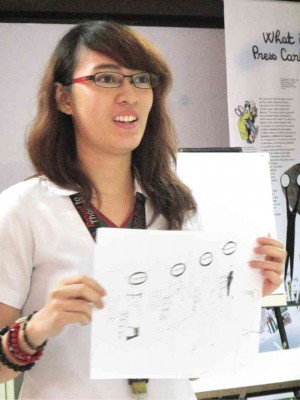This art calls for versatility
The challenge was how to be versatile.
This was what Lauren Jade Velasquez thought after attending the recent master class of European and Filipino cartoonists at the Beato Angelico Building at the University of Santo Tomas.
“I want to be versatile in (European and Filipino style)—adapt my style according to the preference of my audience,” said the second year Fine Arts student.
Swiss cartoonist Philippe Baumann, with Steven Pabalinas and Rene Aranda, conducted the master class she attended.
In another room, Germans Miriam Wurster and Thomas Plassman, with Roni Santiago and Norman Isaac, held a similar session with students.
A simultaneous master class was held at De La Salle University with Frenchman Plantu and Dane Bob Katzenelson as resource persons. (See related stories on Page E1.)
The master classes were part of the project of Cartooning for Peace and the European Union National Institutes for Culture composed of Alliance Française de Manille, Goethe-Institut and the embassies of Denmark, France and Switzerland.
Velasquez said the difference she saw between the European and Filipino styles was in moral values. She found foreign artists to be more provocative in their message while Filipinos considered their Catholic roots and other people’s thoughts.
The foreign “teachers” also learned something about styles during the class. Wurster found out how local cartoonists liked to use symbols to represent people, places and events. They would use, for instance, the salakot to depict Juan de la Cruz.
Wurster said she did not use symbols but instead drew based on events.
She also said she wanted more women to consider cartooning as a career. She said she wanted more women to do pioneering work in the field to open more doors for other women.
“I do my best. I try my best,” Wurster said when told that she was already doing that.
She found her students to be very shy at first, but eager to share their own talents.
Some of those talents were seen by Baumann, as his students were given time to make sample cartoons on the theme of press freedom.
He went around the room checking on their work and making comments. Some students used the opportunity to ask for his autograph and a drawing or two.
Before the class ended, the students were asked to present what they had drawn to the whole class.
Sophomore Steffen Grey Santos was the first to show his work. He drew a person holding a can of spray paint and a hand with a gun. He said the drawing meant that artists should not be targeted by terrorists just because they wanted to express themselves.
Velasquez, on the other hand, sketched a phone with faces of teenagers. She said young people should go beyond social media to express their opinions.


















